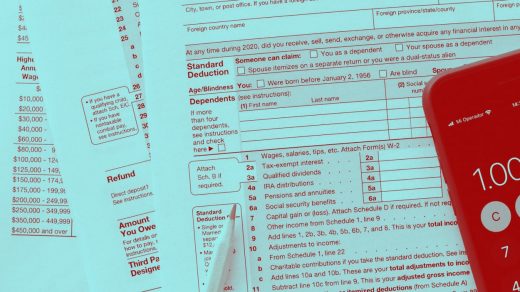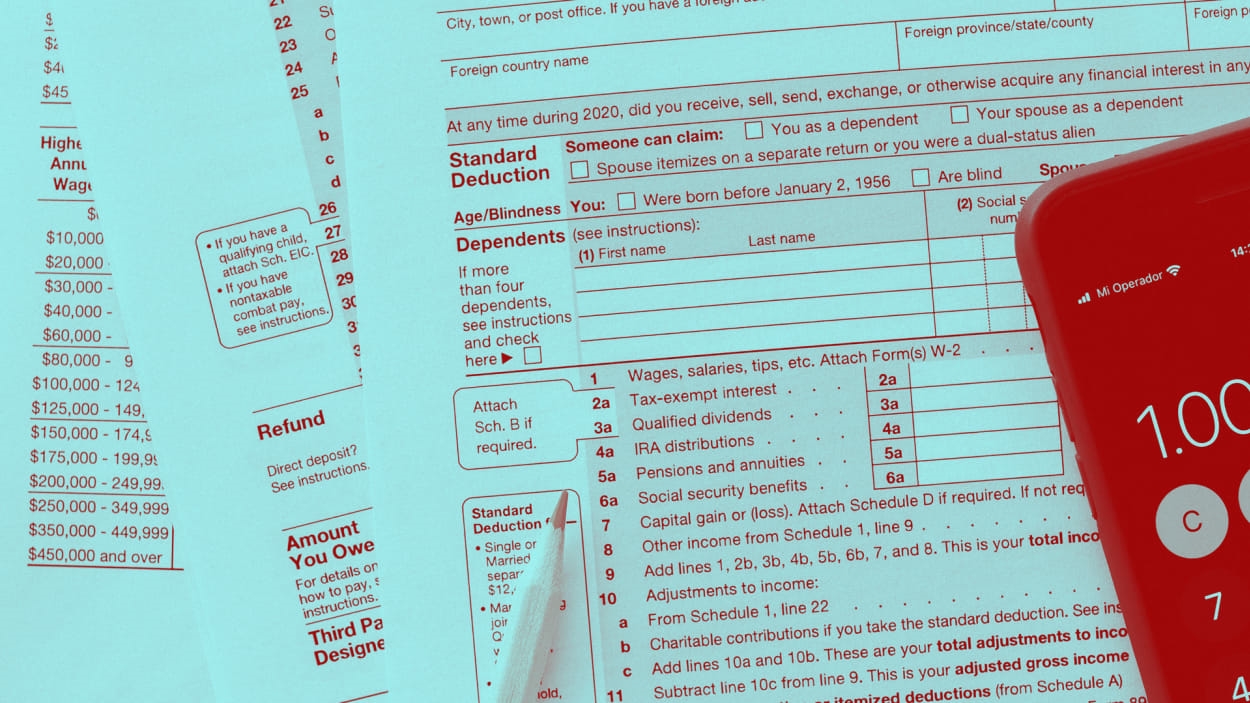8 money mistakes solo entrepreneurs tend to make
As more people look for fulfilling work and greater economic stability, one segment of the workforce is seeing a definitive upsurge: freelancing. A recent study by freelance jobs platform Upwork found that 60 million Americans did some independent contracting work in 2022, collectively earning about $1.35 trillion—an increase of $50 billion over the previous year.
While there’s clearly money to be made as a “solopreneur,” there are also some common—and costly—missteps freelancers make, says Bruce Barringer, professor and department head of the School of Entrepreneurship at Oklahoma State University and coauthor of Entrepreneurship: Successfully Launching New Ventures. People who do freelance work either as a side hustle or as their main source of employment may be very good at their area of expertise, but “they have to realize, at some level, it’s a business—and treat it like a business,” he says. “A business needs to be disciplined in finances as part of that.” Here are eight mistakes to avoid if you’re planning on working for yourself as a freelancer or solopreneur.
1. Keeping a “paycheck mentality”
When you’re an employee, you get a paycheck at regular intervals. Freelancers often have more erratic cash flow. And failing to adapt to that “new normal” could get you into financial trouble, says Elaine Pofeldt, author of The Million-Dollar, One-Person Business: Make Great Money. Work the Way You Like. Have the Life You Want. Delays may include getting you approved as a vendor or added to the payment system, lag time between when the project is completed and when you invoice for it, and companies’ own payment terms. So, even when you get a new client or project, those delays could mean you won’t be paid for weeks or even months from when you begin.
Freelancing part-time while keeping your full-time job or having savings to cover your expenses as you wait to get paid can help, Pofeldt says. Sometimes, however, job loss or other factors don’t allow for such planning. “In that case, you have to batten down the hatches,” she says. Get invoices out in a timely manner and follow up to be sure they’re paid promptly. Check in with clients regularly to keep projects moving, and structure your business to get deposits upfront. Actions like these will help keep cash coming in, she says.
2. Not knowing how much revenue to keep
Once you get your money in the door, you need to know how much of it is really yours to keep, Barringer says. “Freelancers often don’t do a very good job of holding money back to pay taxes,” he says. Freelancers are typically responsible for paying quarterly estimated taxes to cover their state and federal tax liability, including self-employment tax. How much you need to withhold will depend on your household income, location, and other factors. The Internal Revenue Service estimated tax payment form has a worksheet to help you figure out your federal burden. It’s also a good idea to get help from an accountant who can help you identify qualified deductions. Software and apps like QuickBooks, FreshBooks, or Lili can also help.
3. Overlooking business expenses
In addition to taxes, you’ll need to cover a number of expenses related to running your business. “The common way people start is [to say], ‘Oh, I want to make $100,000 a year, so I need to charge X per client’” says freelance consultant and coach Dennis Geelen, author of The Accidental Solopreneur: From Burn-Out to Freedom. A Parable. “That’s not all take home pay.” Your business costs may include lead generation, licenses, subscriptions, equipment, continuing education, internet access, and others—and that’s before you even pay yourself. Even side hustles have very real expenses.
4. Comingling personal and business funds
Being disciplined with your money is an essential part of running a successful freelance business, Barringer says. “I’ve seen freelancers that are as disciplined as you could possibly be, and I’ve seen freelancers that have no idea how much money they have in the bank,” he says. Having a separate account for your freelance income is important, so you can track cash flow for tax and expense purposes. Keep receipts to document your business expenses. Using a business account and business credit card can also help you keep track of your business income and expenses.
5. Investing before testing
Geelen advises his clients to properly evaluate their market before they take the plunge into full-time freelancing. “Make sure you properly test and understand that you have a market, and that there are people that see value in what you’re offering before you start investing money in it, building a website, logo, branding, sales, and ads,” he says.
Without that step, you may end up spending thousands of dollars on offering a service that can’t support you, he adds. Work on lining up clients through digital marketing, such as promoting your offerings on social media or offering an e-book or other information to build your email list.
6. Putting all of your eggs in one basket
Pofeldt adds that diversification, both in terms of clients and services, can help avoid a serious setback if you lose a big client or a specific type of work dries up due to market conditions. Depending on your area of focus, it’s typically a good idea to not have more than 25% of your income come from any one client. (If you must, beef up your emergency fund in case that relationship ends.) But that may be common in your industry, so do some digging to find out what ratios other freelancers use and how they manage income from clients.
In addition, she says having different areas of specialization can help strengthen your revenue potential. If you’re a graphic designer who develops logos, you might want to offer other design services, as well. A soloist accountant may be able to offer business consulting or coaching services, for instance.
7. Lowballing your prices
The prospect of landing clients may tempt freelancers to underprice their services, especially early in the game, Barringer says. But if you undercut what you need to make for your business to be profitable, you won’t be in business for long.
Knowing your costs and income requirements is one part of pricing. However, he adds that understanding the value that you bring to the customer can help you reinforce your pricing and charge a premium. (One classic Fast Company story details the lessons a dead squirrel can teach about value-based pricing.) While the example is outside the world of freelancing, Barringer says the founders of one furniture company found that when they priced sofas at more than $1,000, people compared them to luxury brands and their products were seen as a good value. “Sometimes you almost get more business when the price is higher because people perceive they’re getting a better value,” he says.
8. Doing it all yourself
In researching her book, Pofeldt found that all of the high earners she interviewed outsourced some tasks and 90% used automation in their businesses to get more done. Outsourcing may be as simple as hiring a bookkeeper or social media consultant. Automating may include using tools like Calendly for scheduling or a customer relationship management (CRM) system for marketing and email newsletter automation. If you adopt a few things that save you hours every week, you’re reclaiming time that can be used to bolster your business’s bottom line.
(10)



